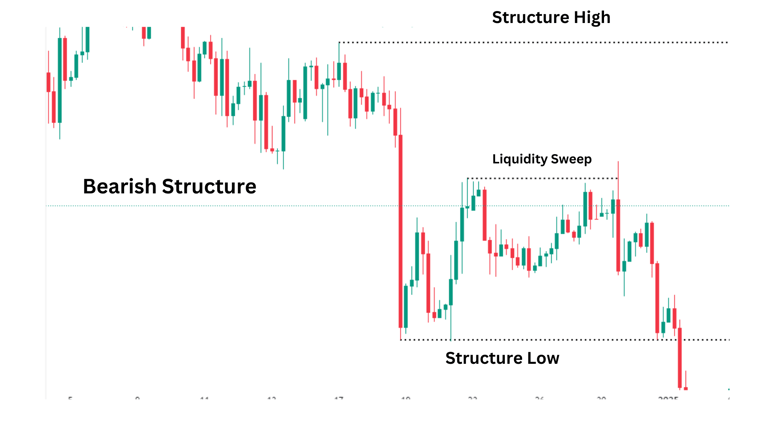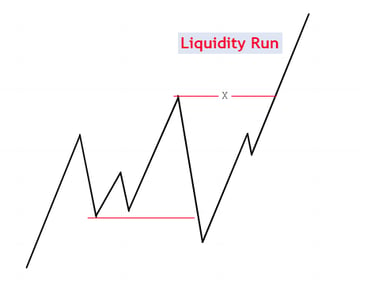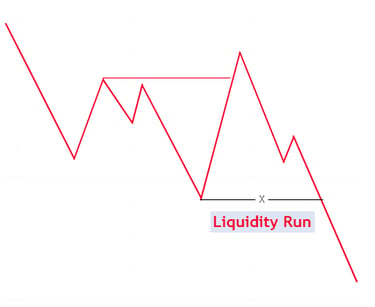ICT Liquidity Sweep and Liquidity Run
Satheesh V
2/19/20253 min read
What is Liquidity in Trading?:
The real meaning of Liquidity in trading refers to how easily an asset can be bought or sold in the market without significantly impacting its price. High liquidity means there are many buyers and sellers, ensuring smoother transactions and tighter spreads.
What is an ICT Liquidity Sweep?
A Liquidity Sweep occurs when the price deliberately moves toward liquidity pools, grabs the orders, and then reverses. This phenomenon is often seen in the form of stop hunts where price momentarily breaks a key level before reversing in the opposite direction.
How to Identify and Anticipate a Liquidity Sweep?
1. In a Bullish Market:
If the higher timeframe (HTF) structure is bullish, and price is expected to test a Premium-Discount (PD) Array in the Discount zone, it may first sweep sell-side liquidity before reversing upward.
The price targets equal lows or previous swing lows to grab liquidity and then reverses to the upside.
Until the HTF remains bullish, a sweep of equal lows is a strong indication of a liquidity sweep.


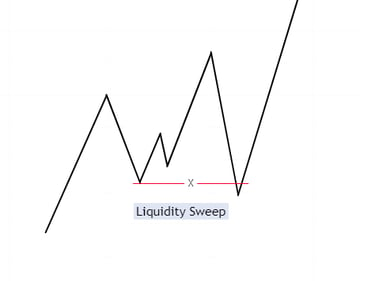

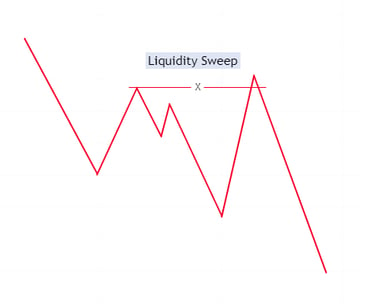

2. In a Bearish Market:
If the HTF structure is bearish, and price is expected to test a PD Array in the Premium zone, it may first sweep buy-side liquidity before reversing downward.
The price targets equal highs or previous swing highs to grab liquidity and then reverses to the downside.
Until the HTF remains bearish, a sweep of equal highs is a strong indication of a liquidity sweep.
What is an ICT Liquidity Run?
A Liquidity Run is when price sweeps liquidity but does not reverse; instead, it continues in the direction of the prevailing trend. It indicates strong momentum and institutional interest in maintaining the price direction.
How to Identify and Anticipate a Liquidity Run?
1. In a Bullish Market:
If the HTF structure is bullish, and price has already swept liquidity at the lows (inducement), it is likely to run toward a new high.
The price targets previous highs, captures liquidity, and continues moving upward without reversal.
2. In a Bearish Market:
If the HTF structure is bearish, and price has already swept liquidity at the highs (inducement), it is likely to run toward a new low.
The price targets previous lows, captures liquidity, and continues moving downward without reversal.
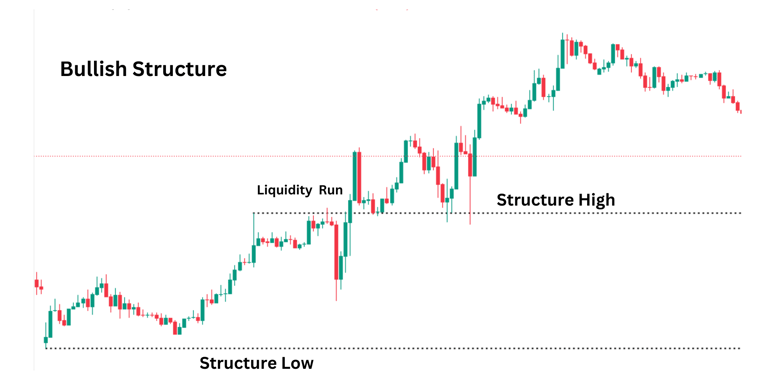

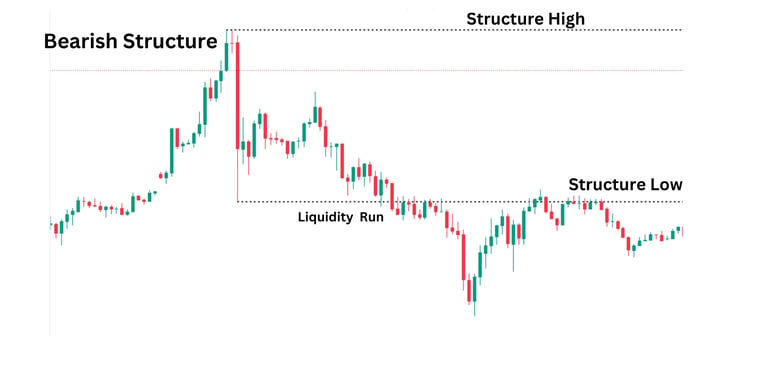

Price breaks a key high, consolidates, and then pushes further up, continuing the bullish trend.
Price breaks a key low, consolidates, and then moves further down, continuing the bearish trend.
Final Thoughts
Both Liquidity Sweeps and Liquidity Runs play crucial roles in market structure. Recognizing these patterns allows traders to anticipate smart money moves and position themselves accordingly. The key lies in understanding the higher timeframe trend and identifying whether price action suggests a reversal (Liquidity Sweep) or a continuation (Liquidity Run).
By practicing these concepts and analyzing real market examples, traders can refine their entries and exits, aligning with institutional trading strategies for higher probability setups. Keep studying, backtest these concepts, and watch the liquidity dynamics in live markets to enhance your trading edge!
Price breaks a key high but fails to sustain above it, sharply reversing downward.
Price breaks a key low but fails to sustain below it, sharply reversing upward.
